The Ultimate Chemistry Reviewer
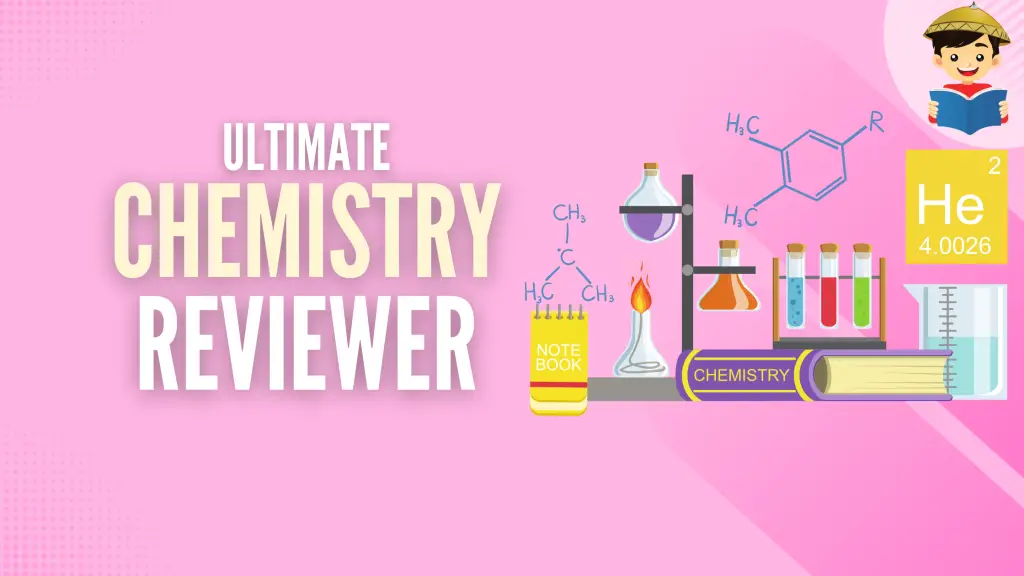
In simple words, Chemistry is the study of matter. In this branch of science, the properties, composition, structure, and transformations of matter are being studied in great detail. Because of this nature, the application of chemistry across different fields of study is immense.
Chemistry is often regarded as “the central science” because the knowledge obtained in chemistry is of high importance to students in various disciplines, including biology, medicine, geology, physics, and ecology, to name a few.
This reviewer will walk you through the introductory topics in chemistry. Specifically, you will learn more about atoms, the different states of matter, the periodic table of the elements, compounds, chemical and nuclear reactions, chemical kinetics, acids and bases, concentrations, thermochemistry, and a little bit about biochemistry and organic chemistry.
Click below to go to the main reviewers:
Table of Contents
- 1. Matter
- 2. Atoms
- 3. The Periodic Table of Elements and Periodic Trends
- 4. Compounds
- 5. Gases
- 6. Chemical Reactions
- 7. Chemical Kinetics
- 8. Chemical Equilibria
- 9. Acids and Bases
- 10. Thermochemistry
- 11. Nuclear Chemistry
- 12. Concentration of Solutions
1. Matter
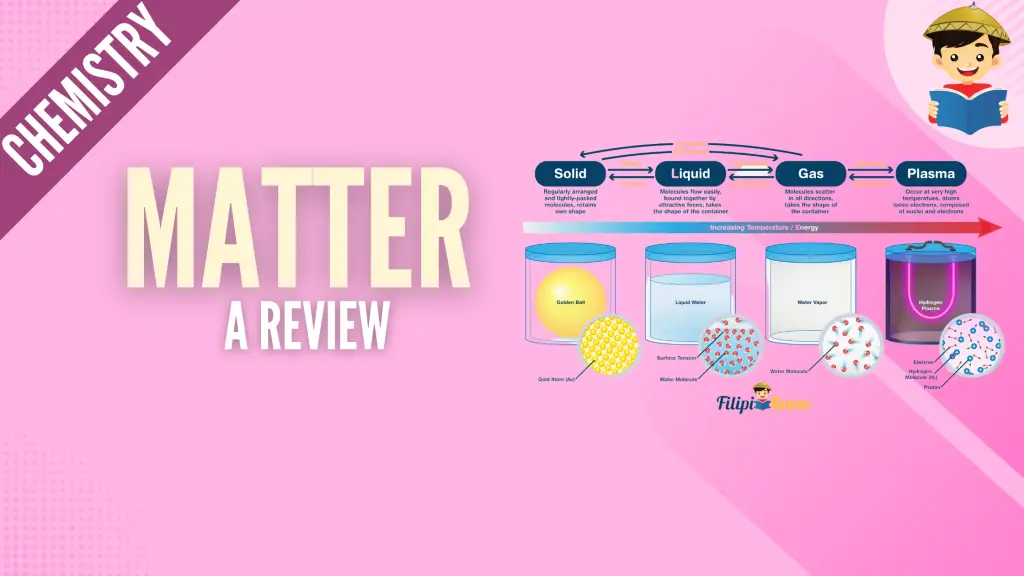
Chemistry is the study of matter and the changes it undergoes. Anything that you can think about is probably made up of matter and hence, can be studied in chemistry. In this section, we will discuss the properties, states, and types of matter. Click here to go to the article.
Topics:
- Properties of Matter
- Types of Matter
- States of Matter
2. Atoms
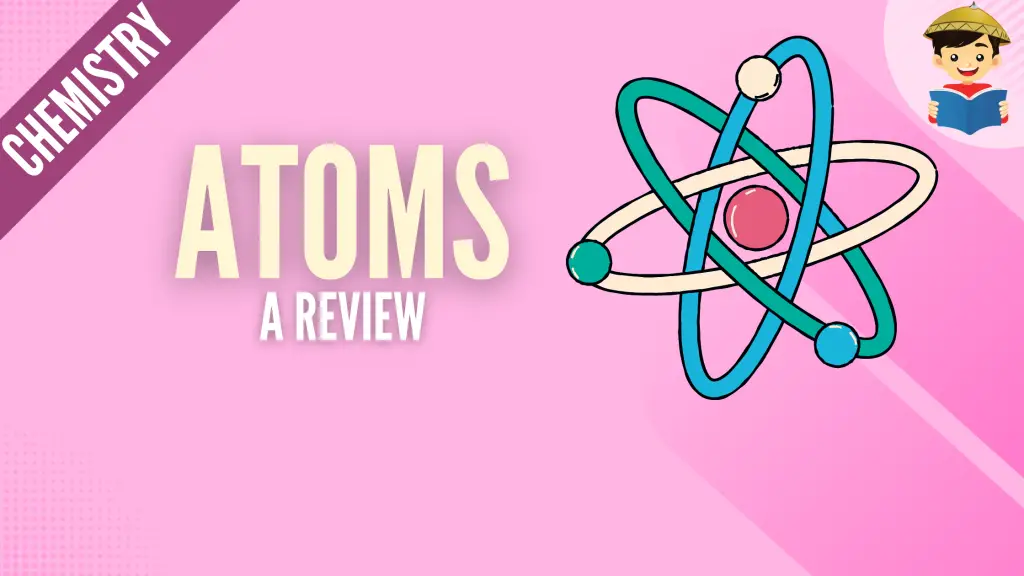
Understanding atoms is crucial because it ultimately leads to understanding why certain elements behave or react in a certain manner. In this section, we will study the atomic theory and the different atomic properties, components, and models. Click here to go to the article.
Topics:
- Atomic Theory of Matter
- Atomic Models
- Components of an Atom
- Properties of an Atom
- Quantum Mechanics
- Electron Configuration
3. The Periodic Table of Elements and Periodic Trends
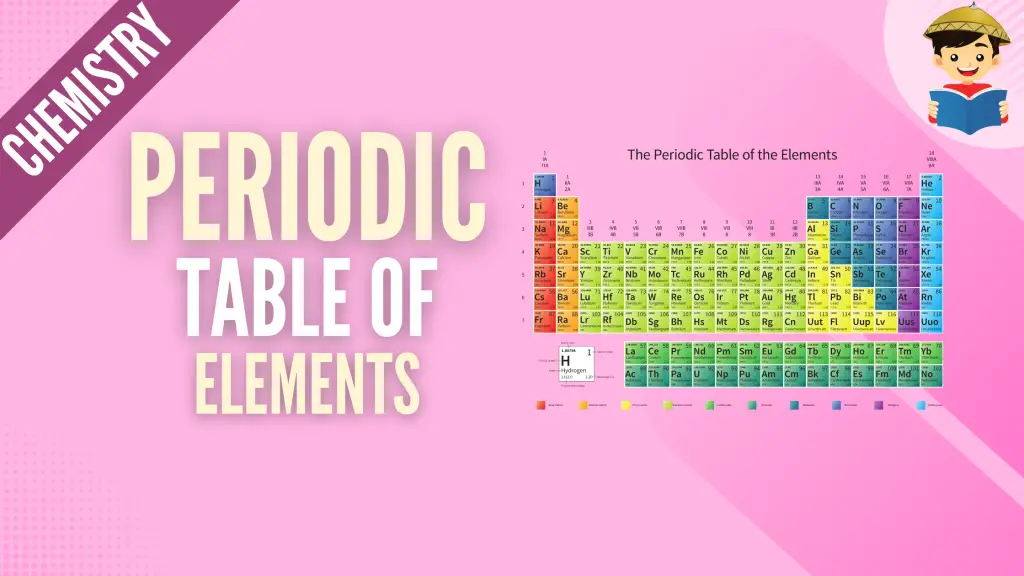
When you hear the word “Chemistry,” what comes to mind? There may be a lot of things, but one of those is probably the periodic table of the elements! In this chapter, we will discuss how elements are arranged in the modern periodic table and what important properties and trends we can obtain from this arrangement. Click here to go to the article.
Topics:
- Brief History of the Periodic Table of Elements
- Groups and Families in the Periodic Table
- Periodic Trends
4. Compounds
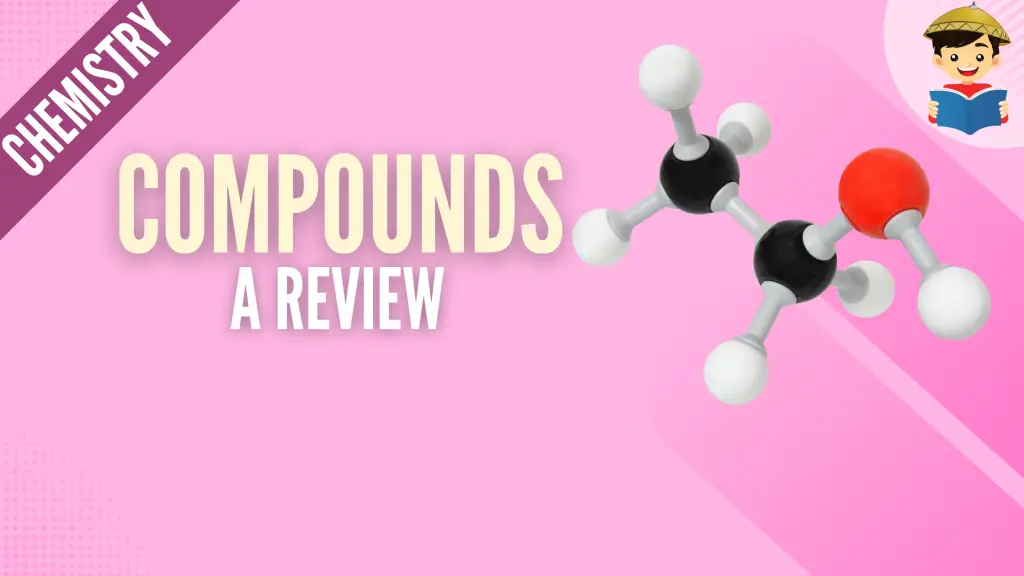
There’s no such thing as “chemical-free.” The water we drink and even the air we breathe are all considered “chemicals.” Learn more about “chemicals” and compounds in this section. Click here to go to the article.
Topics:
- Types of Chemical Bonds
- How To Name Compounds and Write Compound Formulas
- Determining Oxidation Number
- Representation of Compounds
- Writing Lewis Structure and Molecular Geometry
- Intermolecular Forces of Attraction
5. Gases

We survive because of gases. Our atmosphere is composed of layers of gases, with the lowermost layer being the most suitable to support life. In this module, we will tackle the third state of matter, gases, and the laws governing their behavior. Click here to go to the article.
Topics:
- The Concept of Ideal Gas
- Empirical Gas Laws
- Ideal Gas Equation
6. Chemical Reactions

Two very dangerous elements, when combined, can add flavor to the food you eat. This is all thanks to what we know as chemical reactions. Learn more about chemical reactions in this module. Click here to go to the article.
Topics:
- Definition of Chemical Reactions
- Types of Chemical Reactions
- Balancing Chemical Reactions
- Reaction Stoichiometry: Limiting and Excess Reactants
7. Chemical Kinetics
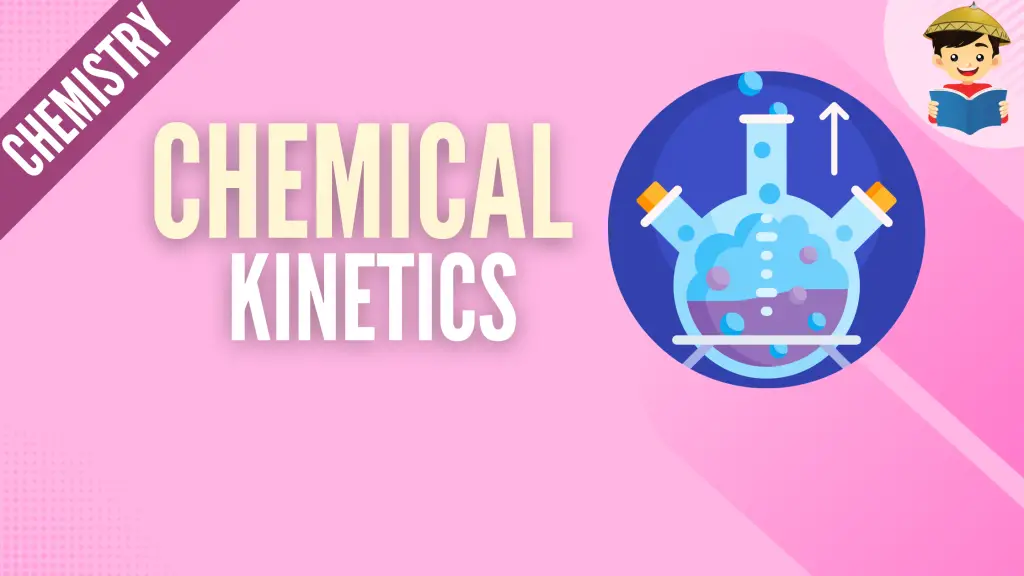
Chemical reactions vary in the speed at which they occur, the study of which gave birth to a branch of chemistry called chemical kinetics. In this module, you’ll learn about the kinetics of chemical reactions, how to write rate expressions, and the methods usually used to determine reaction rates in a chemical laboratory. Click here to go to the article.
Topics:
- The Concept of Chemical Kinetics
- Writing Rate Expressions
- Writing Rate Law Expression
- The Method of Initial Rates
- Integrated Rate Law
8. Chemical Equilibria
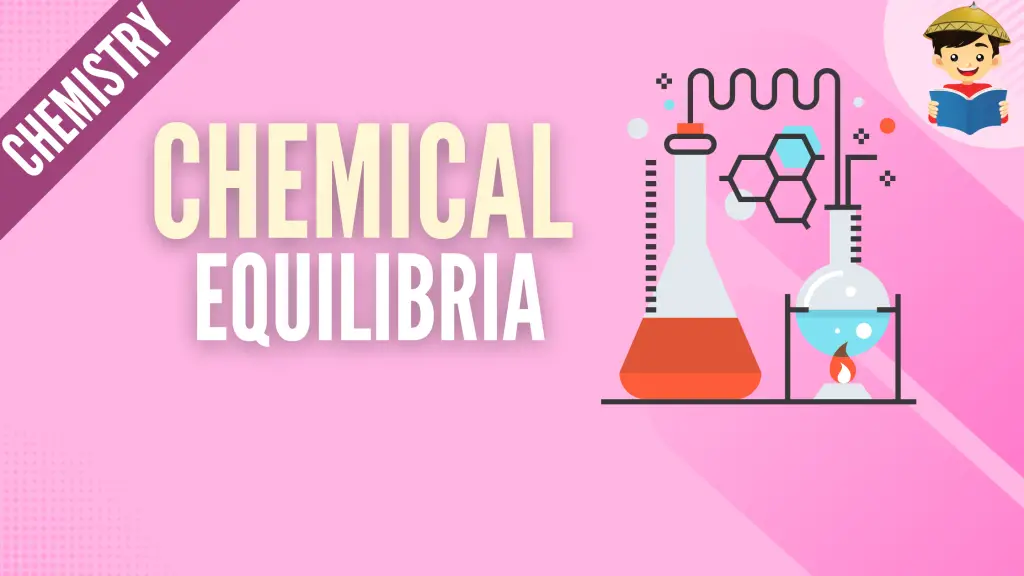
Did you know that most reactions are reversible, at least to some extent? In this topic, you will learn more about reversible reactions (equilibrium reactions). Click here to go to the article.
Topics:
- The Le Chatelier‘s Principle
- Factors Affecting Equilibrium
- Writing Equilibrium Constant Expressions
9. Acids and Bases
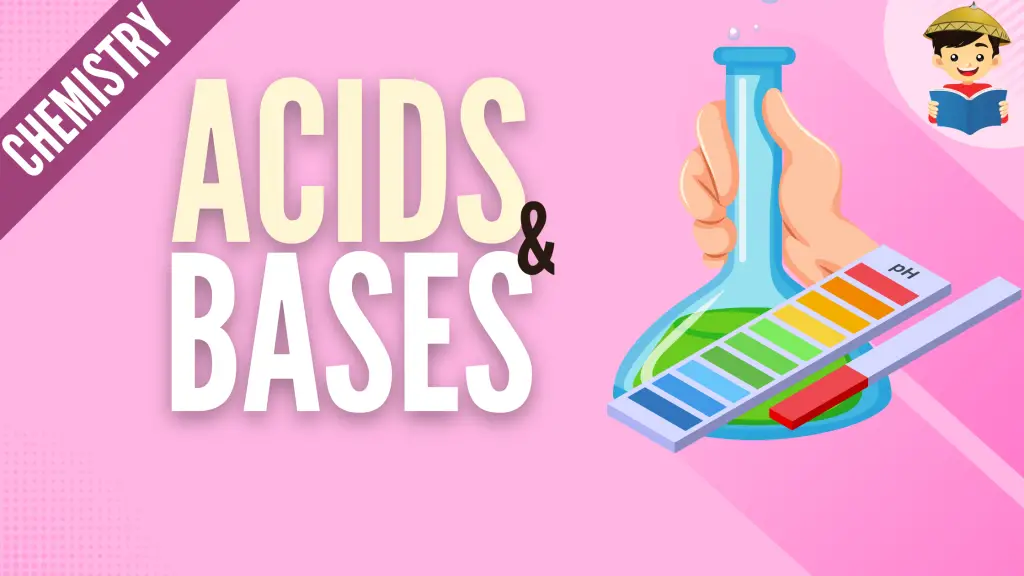
What are acids and bases, and what makes them different? Let’s go back to basics and study the definition, characteristics, and strengths of these two substances. Click here to go to the article.
Topics:
- Definitions of Acids and Bases
- Characteristics/Properties of Acids and Bases
- Strengths of Acids and Bases
- Acid/Base Strength and the Equilibrium Constant
- pH Calculations
10. Thermochemistry

Thermochemistry is the study of heat change in a chemical reaction. Learn more about this concept and the difference between exothermic and endothermic reactions in this reviewer. Click here to go to the article.
Topics:
- Energy Changes in Chemical Reactions
- Enthalpy of Reactions
- Standard Enthalpy of Formation and Reaction (Direct and Indirection Methods)
11. Nuclear Chemistry
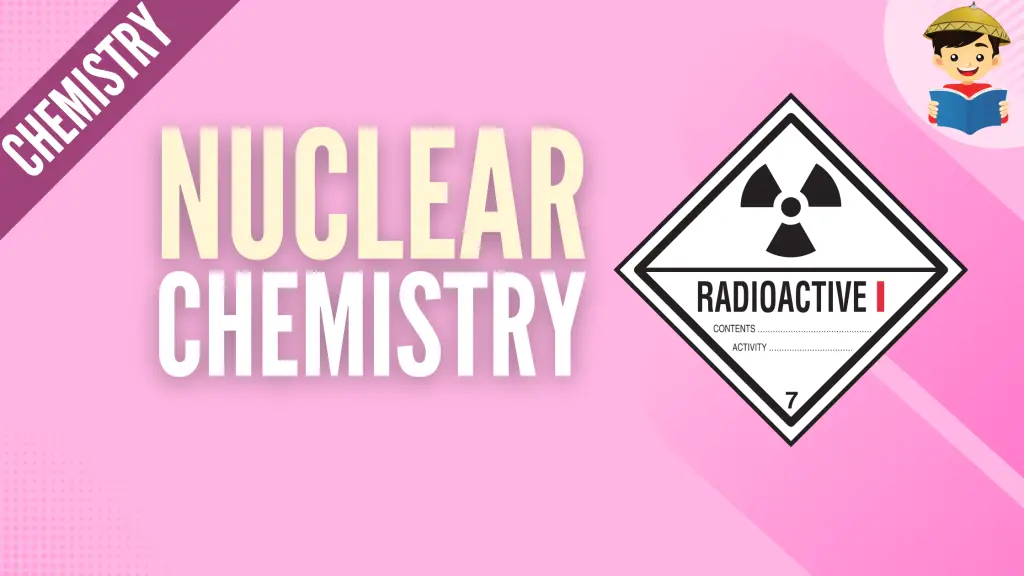
Did you know that atomic nuclei can also participate in a chemical reaction? This is the realm of nuclear chemistry, which you’ll learn more about in this module. Click here to go to the article.
Topics:
- Notations in Nuclear Chemistry
- Balancing Nuclear Reactions
- Calculation of Half-life
12. Concentration of Solutions

The study of solutions entails knowing their concentration or the amount of solute present in a solution. In this module, you’ll learn how to determine the concentration of solutions and express it in terms of molarity, molality, and normality. Click here to go to the article.
Topics:
- Percentage Composition
- Parts per Million and Parts per Billion
- Molarity
- Molality
- Normality
Written by John Bryan Rolloque
in College Entrance Exam, LET, NMAT, Reviewers, UPCAT
John Bryan Rolloque
John Bryan Rolloque graduated cum laude at the University of the Philippines Los Baños in 2018 under the B.S. Agricultural Chemistry program. He taught courses in general chemistry, analytical chemistry, and organic chemistry at UPLB’s Institute of Chemistry, and has been serving as the Region IV coordinator for the Regional and National Chemistry Olympiad. Landing 8th place in the 2019 licensure exam for agriculturists, he is now taking up his master’s degree in plant physiology, also in UPLB.
Copyright Notice
All materials contained on this site are protected by the Republic of the Philippines copyright law and may not be reproduced, distributed, transmitted, displayed, published, or broadcast without the prior written permission of filipiknow.net or in the case of third party materials, the owner of that content. You may not alter or remove any trademark, copyright, or other notice from copies of the content. Be warned that we have already reported and helped terminate several websites and YouTube channels for blatantly stealing our content. If you wish to use filipiknow.net content for commercial purposes, such as for content syndication, etc., please contact us at legal(at)filipiknow(dot)net